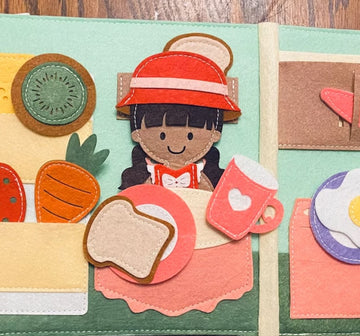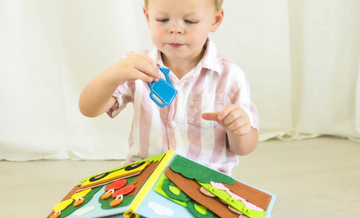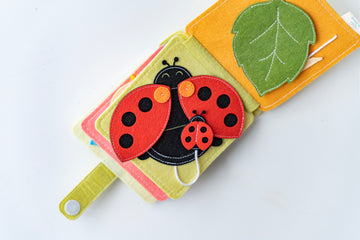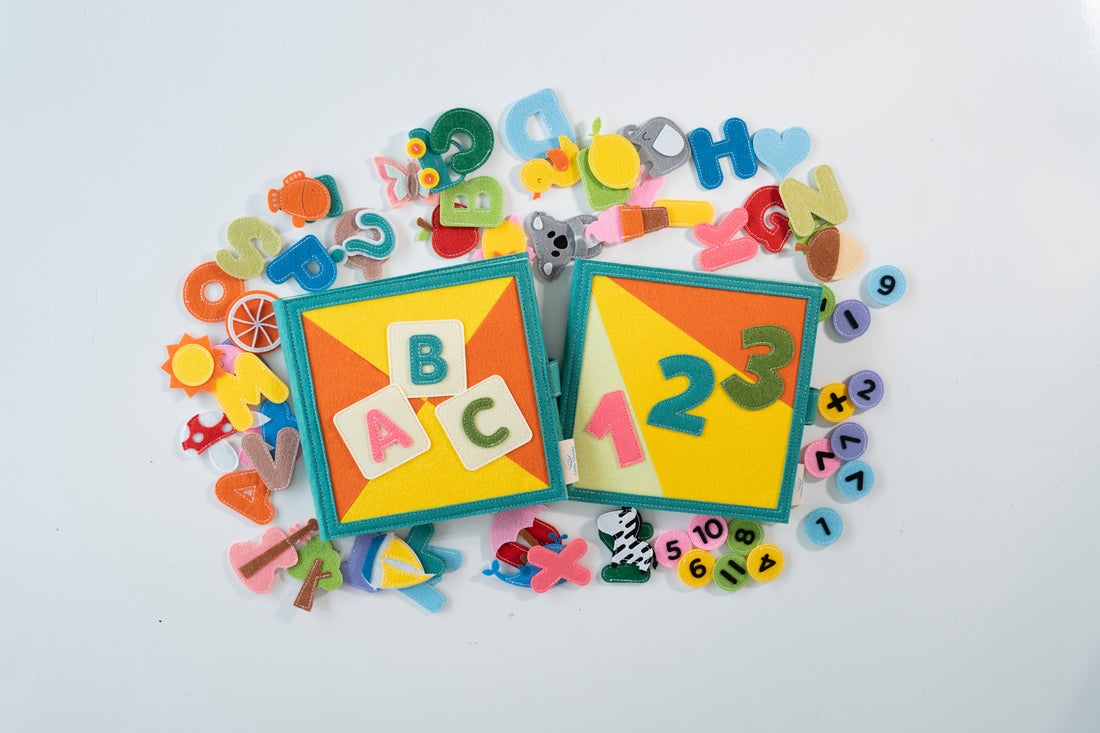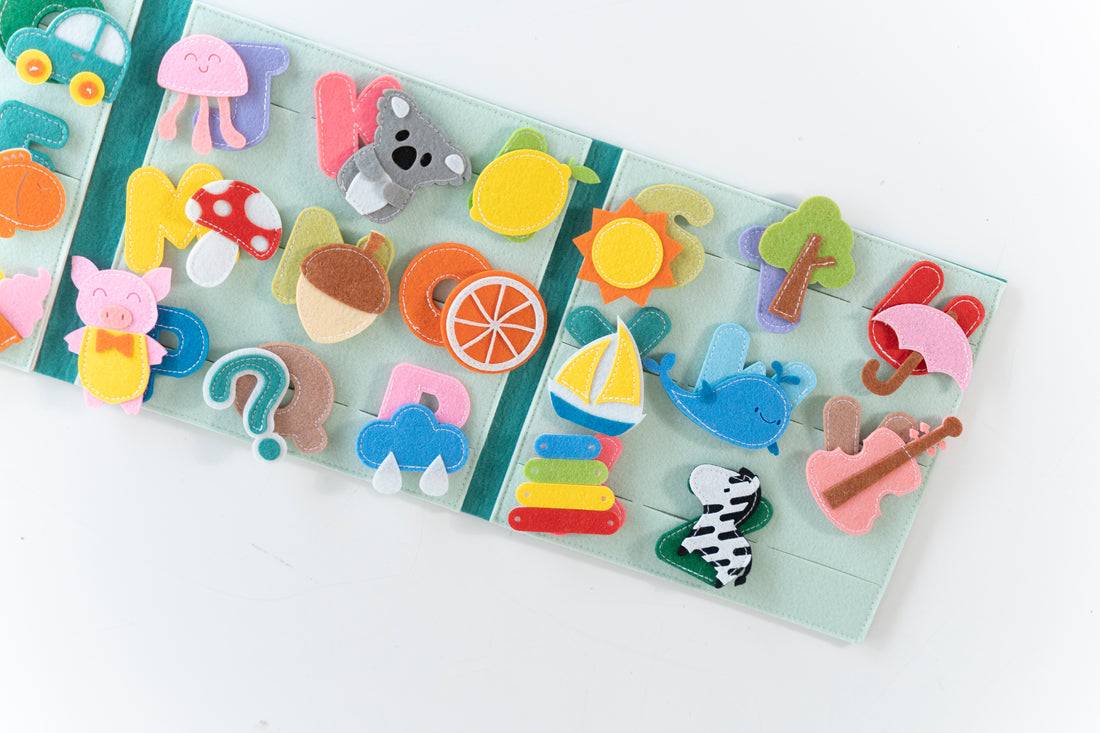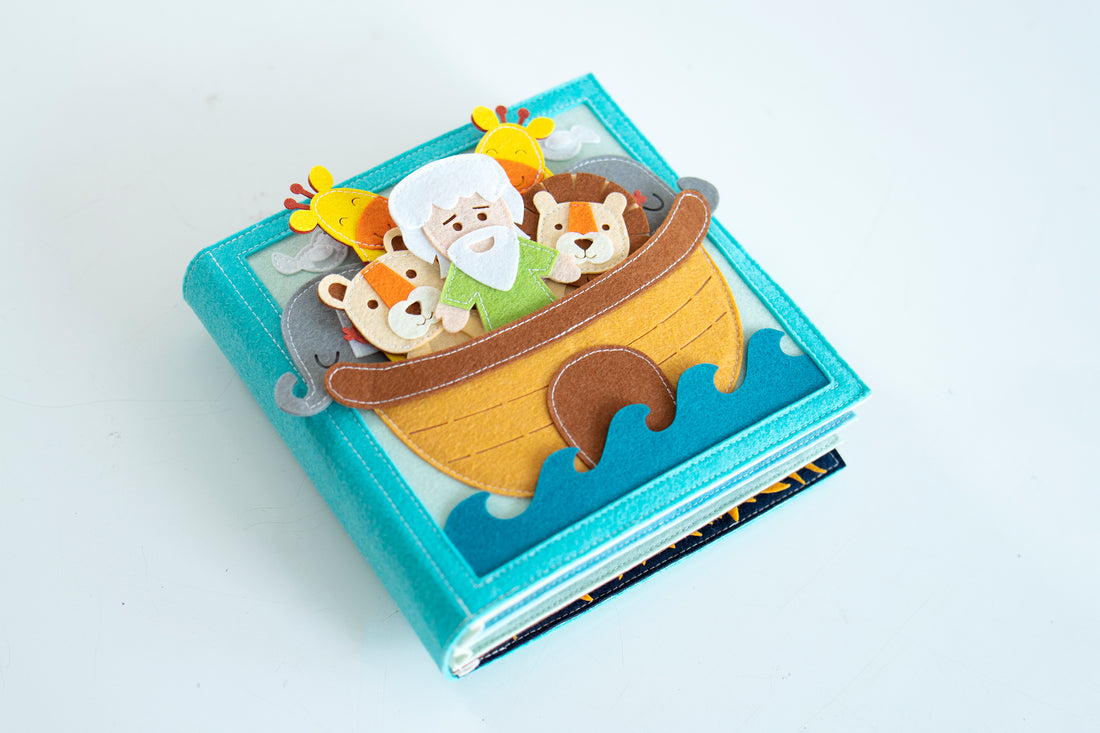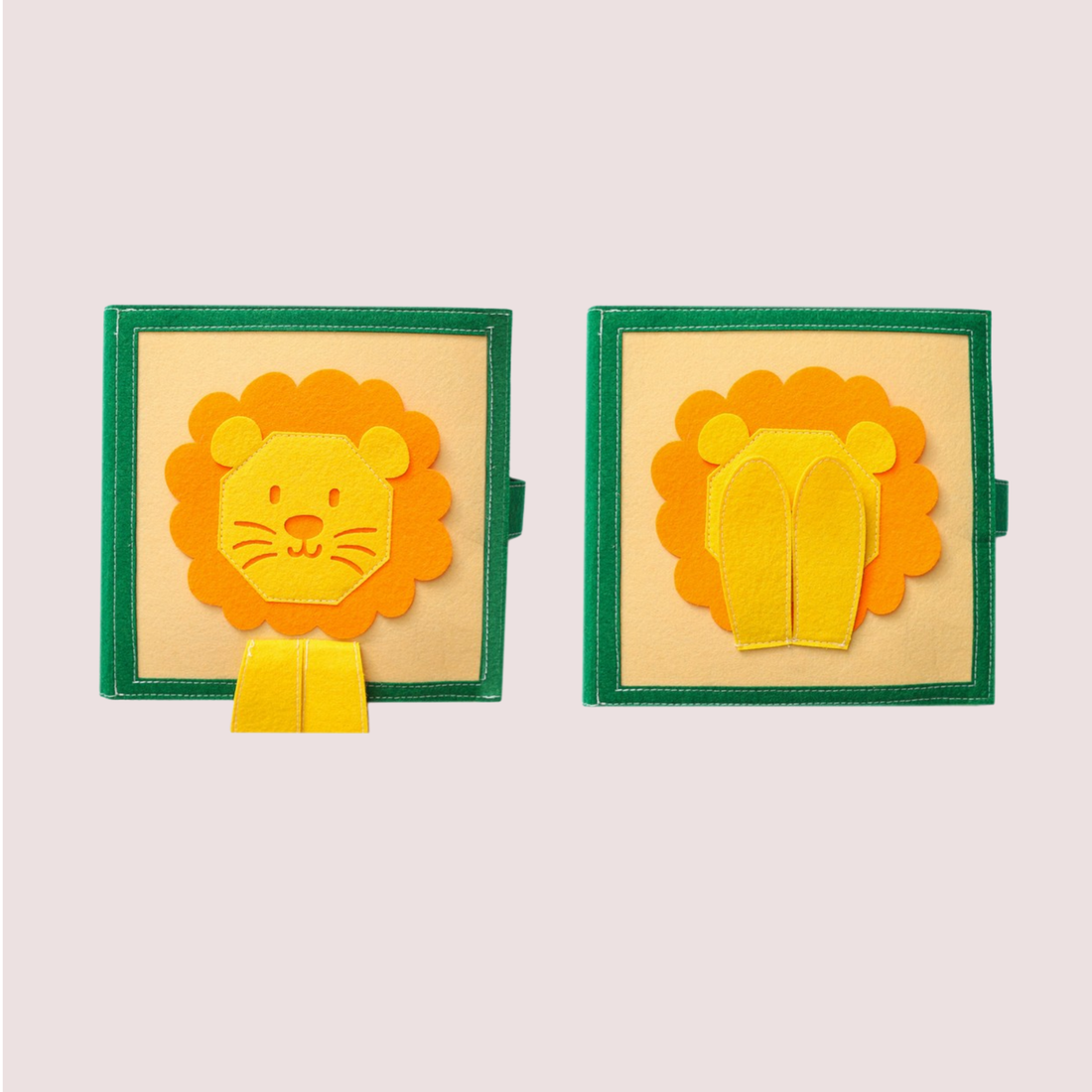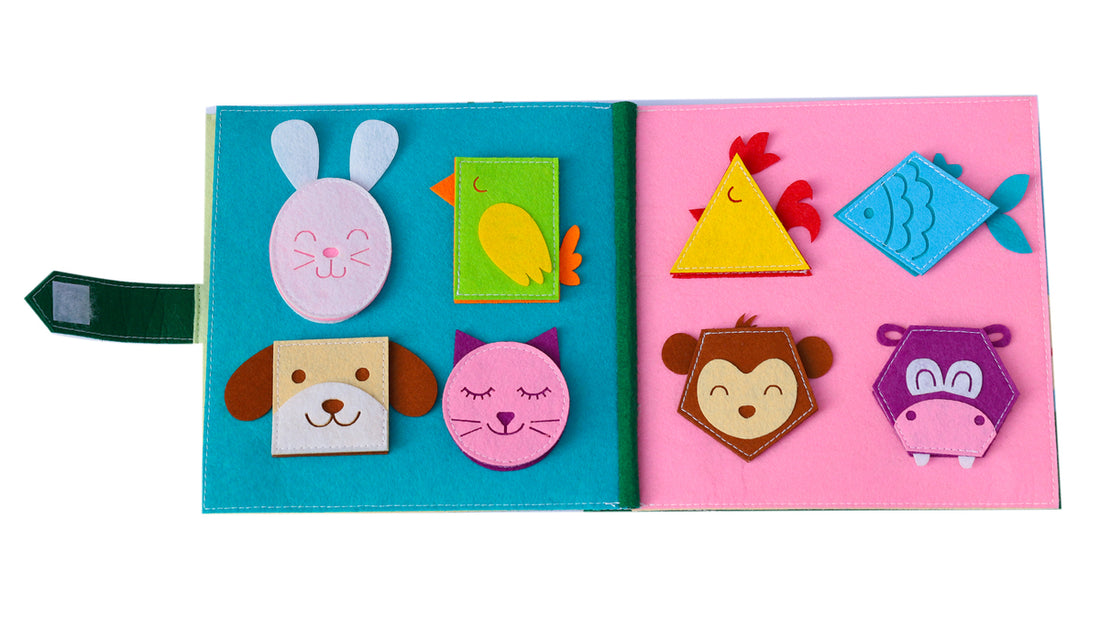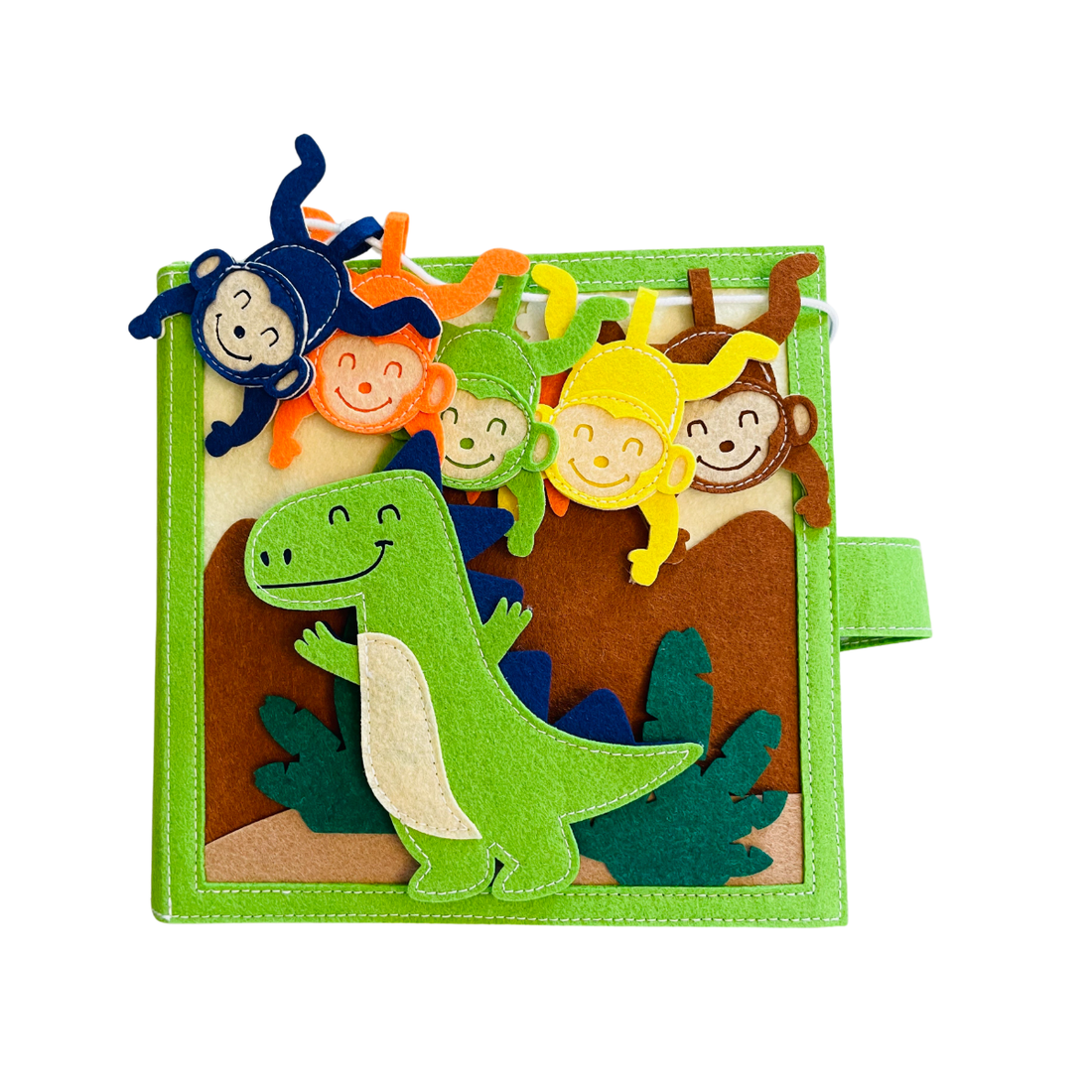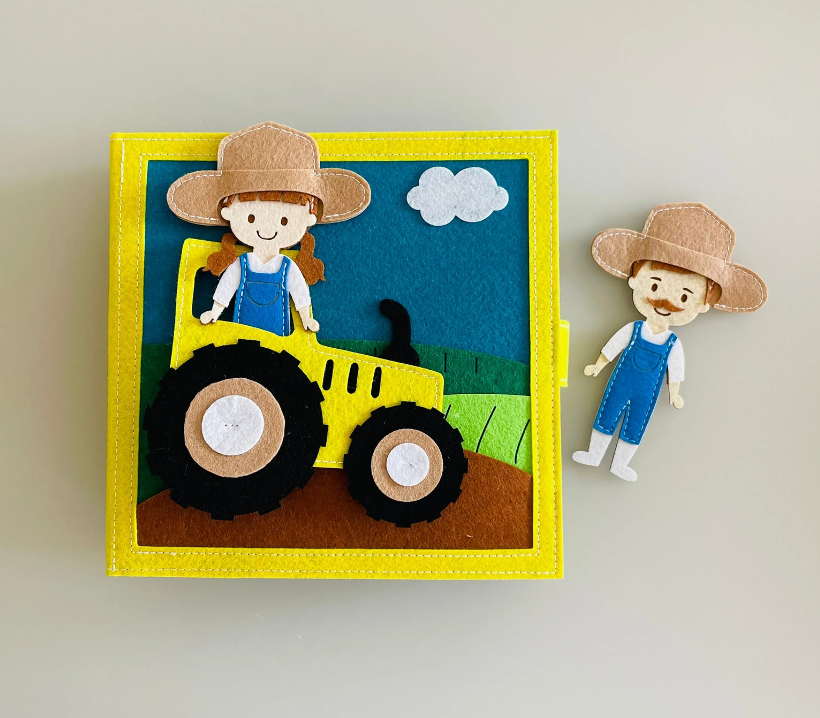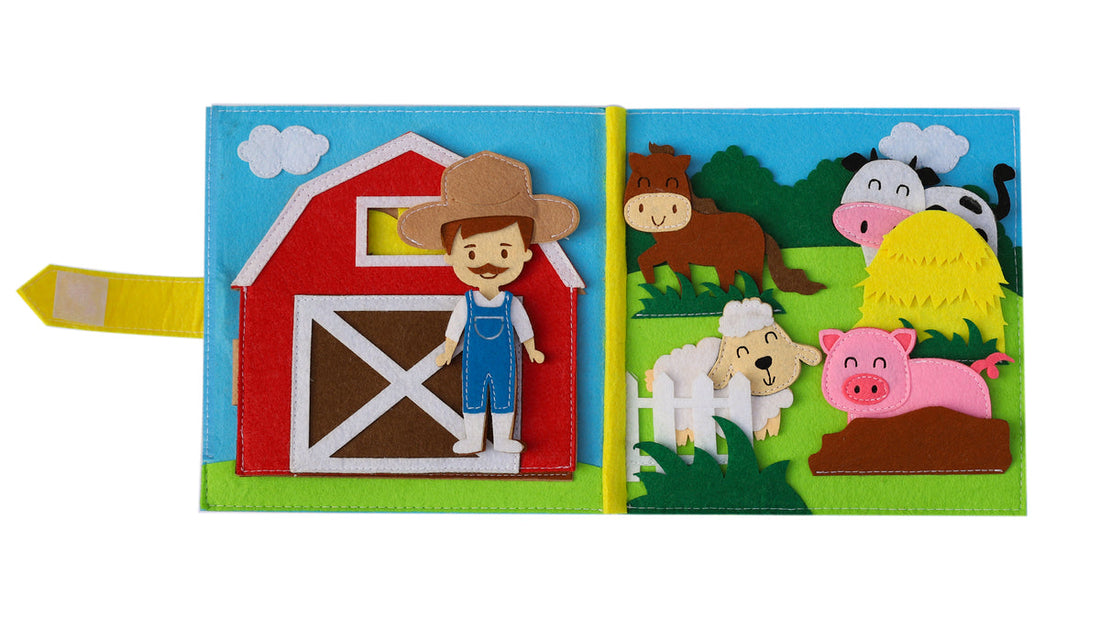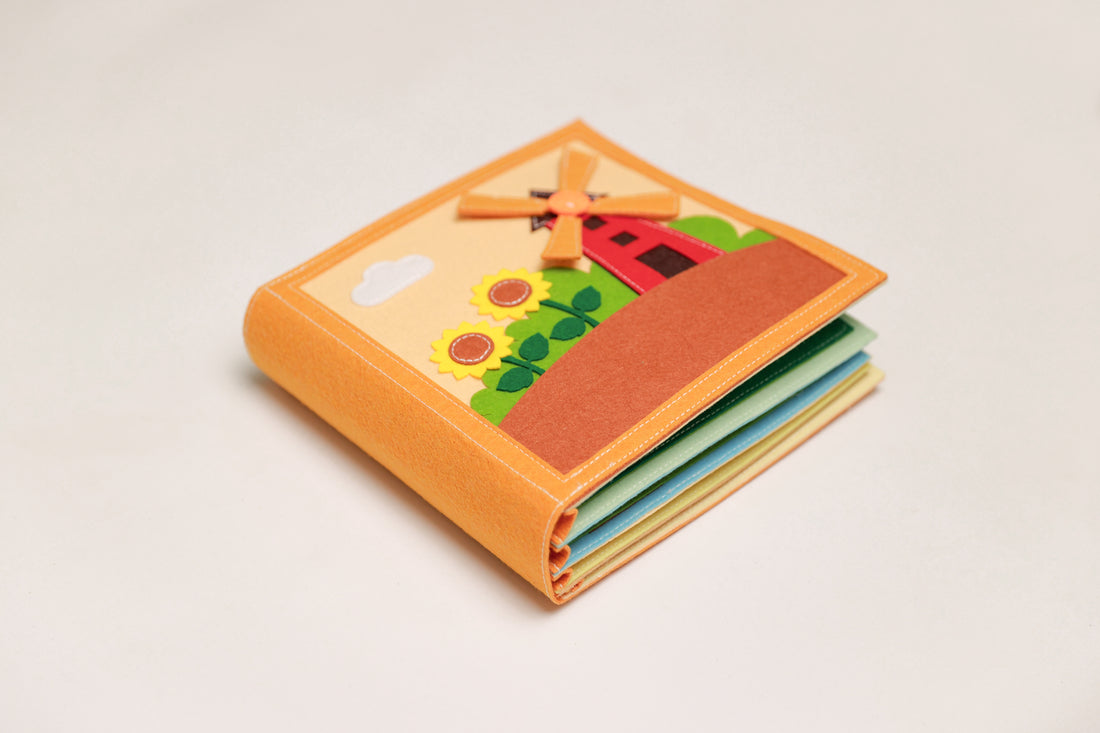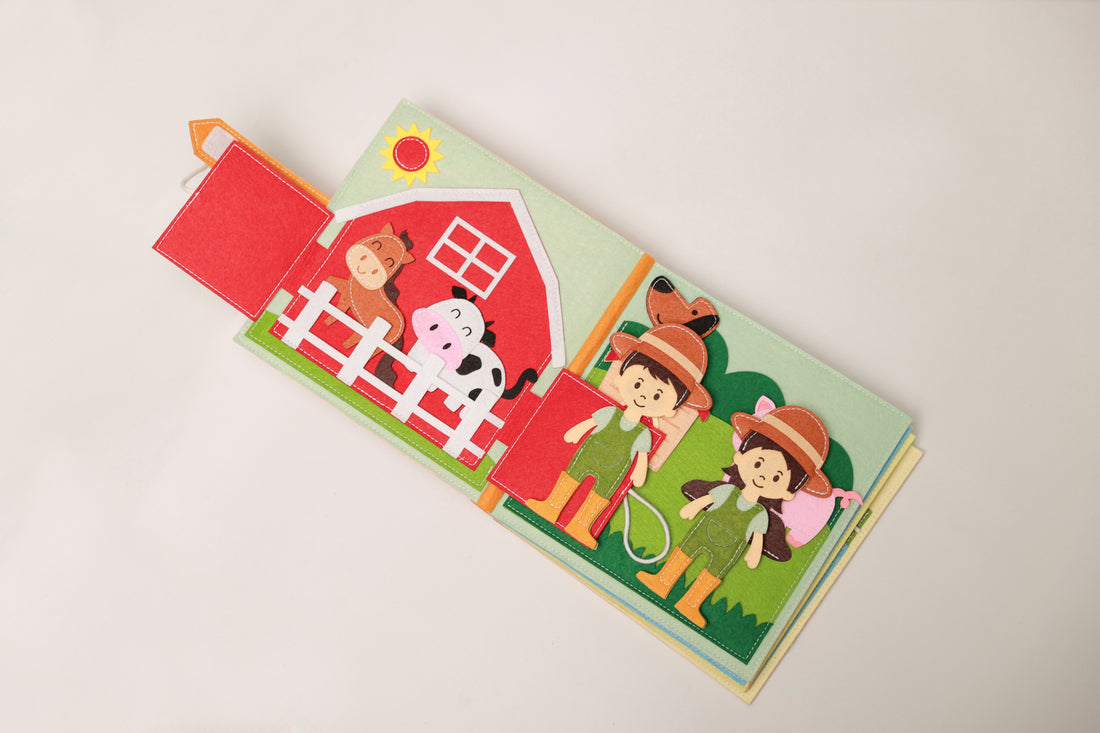In this article, I'll share tips on how to create an effective quiet book and how it can boost your toddler's development. Let's turn those tiny movements into big victories together!
Key Takeaways
- Fine motor skills are crucial for a toddler's development and independence.- A quiet book is a silent, tactile activity that improves hand-eye coordination.
- Creating a quiet book involves simple steps like choosing fabric, cutting shapes, and sewing them together.
- Tailoring each page to your child's interests and gradually increasing the complexity of tasks can maximize the benefits of a quiet book.
Understanding the Importance of Fine Motor Skills in Toddlers
I've realized that fine motor skills play a crucial role in a toddler's development, paving the way for them to accomplish tasks independently. These skills, which can range from holding a spoon to turning the pages of a book, serve as essential Motor Skills Milestones.Every time a toddler grasps a toy, they're not just playing – they're also building strength and control in their small hand muscles. Observing a Toddler's Skill Development can be quite fascinating. Every new skill they acquire represents a small victory, an inch of progress towards self-reliance. And let's not forget, their triumphs are our triumphs too.
Providing opportunities for my child to develop these skills has been a nurturing experience, one that has shown me the profound impact of fine motor development on a child's burgeoning independence.
What Is a Quiet Book and How Can It Help
Let's dive into the topic of how a silent, tactile activity can significantly improve a young child's hand-eye coordination and precision. A quiet book, being one such activity, has multiple Quiet Book Benefits. Here are four Toddler Engagement Strategies that it uses:1. It involves simple tasks that require precision, helping the child develop dexterity.
2. The colorful pages and attractive designs capture the child's attention.
3. The tactile elements of the book stimulate the child's sense of touch.
4. The quiet nature of the book encourages concentration and focus.
Hence, using a quiet book not only keeps your toddler engaged but also aids in their cognitive and motor development. It's a win-win strategy for both parents and toddlers.
Easy Steps to Create a Quiet Book for Your Toddler
Excitedly, I'm going to share a few simple steps to craft a silent and tactile activity for your little one, which will not only keep them engaged but also aid in their cognitive and motor development. Start with the book materials. Opt for durable, washable fabric and threads.
Let's look at a simple table for understanding the process:
|
Steps |
Book Materials | Design Inspiration |
| 1 | Soft Fabric | Animal Shapes |
| 2 | Colorful Thread | Alphabet Blocks |
| 3 | Buttons | Numbers |
Secondly, gather design inspiration. You can choose themes that your child likes, such as animals, alphabets, or numbers. Cut the fabric into desired shapes. Sew the pieces together and add buttons for interactivity. And voila! You've created a fun, educational quiet book!
## Advanced Strategies to Maximize the Benefits of a Quiet Book
Diving deeper, we'll now explore some advanced strategies that can help maximize the benefits of this tactile activity for your little one. Here are four key points:
1. Book Customization: Tailor each page to your child's interests. This not only enhances engagement but also deepens their cognitive connection with the activities.
2. Dexterity Assessment: Regularly assess your child's motor skills progression. This aids in identifying areas of improvement and altering the book accordingly.
3. Sequential Complexity: Gradually increase the complexity of tasks in the quiet book. This helps in steadily improving your child's fine motor skills.
4. Parent-Child Interaction: Play an active role in guiding your child through the book. This promotes bonding, increases their understanding, and makes the learning process enjoyable for your little one.
Real-Life Success Stories: Parents Sharing Their Experience With Quiet Books
I've come across numerous heartwarming accounts of parents who've found great success in using this tactile activity to engage their kids. One parent shared how the book selection process became a cherished bonding time. They'd explore different themes, textures, and activities together, ensuring the book would be a hit.
Parental observations played a key role in tailoring the quiet book to their child's needs. I remember one mom noting her toddler's fascination with buttons, so she chose a book featuring various buttoning activities. The result? Enhanced fine motor skills and an eager, happy toddler.
The quiet book experience isn't just about dexterity; it's about knowing your child, making insightful selections, and watching them grow. The success stories I've heard prove it's an incredibly rewarding journey.
How Much Time Should My Toddler Spend With a Quiet Book Each Day?
I'd suggest your toddler spend about 15-30 minutes daily with a quiet book. It's crucial to establish a daily usage routine, ensuring the book selection suits their interest and boosts their fine motor skills.
What Other Activities Besides Using a Quiet Book Can Help Improve My Toddler's Fine Motor Skills?
Apart from quiet books, DIY fine motor activities like threading beads, play dough manipulation, and sensory play can boost your toddler's dexterity. They also offer sensory play benefits, enhancing their tactile and visual perception.
Are There Any Potential Drawbacks or Risks Associated With Using a Quiet Book?
I'm not aware of major drawbacks with quiet books. However, toddlers could potentially have material sensitivities to the book's fabric. Always ensure quiet book safety by supervising your child's play.
How Will I Know if My Toddler's Fine Motor Skills Are Improving After Using the Quiet Book?
I'll observe my toddler's progress using skill assessment techniques. For instance, I'll see if they're handling quiet book variations more smoothly or performing tasks with enhanced dexterity, indicating improved fine motor skills.
Can a Quiet Book Be Used for Group Activities or Is It Strictly for Individual Use?
Yes, a quiet book can certainly be used for group activities. It fosters group dynamics and shared learning. I've seen kids collaborate, share, and learn from each other while engaging with the book.
In conclusion, a quiet book can be a powerful tool to enhance your toddler's fine motor skills.
As we've seen, it's not only easy to create, but also provides opportunities for advanced strategies to maximize benefits.
The real-life success stories shared by parents reinforce the effectiveness of quiet books.

